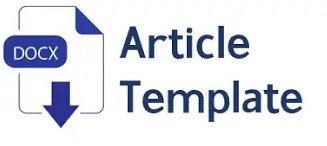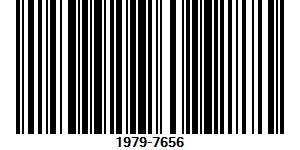Efektivitas dan Efisiensi Penerapan Rekayasa Sistem Pengelolaan Reservasi Gedung Aula Berbasis Kepuasan Pengguna Sistem
DOI:
https://doi.org/10.30989/teknomatika.v18i1.1603Keywords:
Reservation , Hall, Usability, RUP, HeuristicAbstract
The hall is a place used to hold events with a large space. Hall reservations are made by contacting the manager directly or coming directly to the hall building. This research aims to build a hall reservation management system and make it easier for tenants to make reservations online. The research was conducted using descriptive statistical methods with the Rational Unified Process (RUP) as a system development framework. White box and black box testing are alpha system testing. ISO 9241-11 standard and heuristic evaluation as system beta testing. White box testing begins with creating a flow graph, calculating cyclomatic complexity, and determining independent paths. While the black box starts by determining the test case and expected results, the actual results will be obtained. The results of measuring the usability level with ISO 9241-11 obtained an effectiveness level value of 100%, an efficiency level value of 100% with a total time of about 594 seconds, and a user satisfaction level value of 73 with a good category, grade B scale, acceptable description and passive NPS. The results of the heuristic evaluation obtained that there are still problems with the system, and each problem has a different problem severity rating.
References
[1] Y. Juniardi, N. Iskandar, and T. Rahayu, “Perancangan Sistem Informasi Penyewaan Gedung Pada Gedung Balai Komando Kopassus Berbasis Web,” vol. 14, pp. 57–64, 2018.
[2] Darsanto, R. A. Krisdiawan, and D. E. Prayuda, “Implementation Of The RSA Cryptographic Algorithm In The QR-Code Android-Based Building Permit Checking Application,” vol. 15, 2021, doi: https://doi.org/10.25134/nuansa.
[3] P. Kroll and P. Kruchten, The Rational Unified Process Made Easy: A Practitioner’s Guide to the RUP. 2003.
[4] S. Ariyani, “Rational Unified Process (RUP) & Unified Modeling Language (UML),” pp. 1–10, 2019.
[5] Haviluddin, “Memahami Penggunaan UML ( Unified Modelling Language ),” Memahami Pengguna. UML (Unified Model. Lang., vol. 6, no. 1, pp. 1–15, 2011, [Online]. Available: https://informatikamulawarman.files.wordpress.com/2011/10/01-jurnal-informatika-mulawarman-feb-2011.pdf
[6] S. Nidhra and J. Dondeti, “Black Box And White Box Testing Techniques –A Literature Review,” Int. J. Embed. Syst. Appl., vol. 2, pp. 29–50, 2012, doi: 10.5121/ijesa.2012.2204.
[7] A. R. Baktiar, D. Mulainsyah, E. C. Sasmoro, and E. Sumiati, “Pengujian Menggunakan Black Box Testing dengan Teknik State Transition Testing Pada Perpustakaan Yayasan Pendidikan Islam Pakualam Berbasis Web,” vol. 2, pp. 142–145, 2021.
[8] ISO, “Ergonomic requirements for office work with visual display terminals (VDTs),” 1998.
[9] J. Brooke, “SUS - A quick and dirty usability scale Industrial usability evaluation,” 1996.
[10] J. Nielsen, “10 Usability Heuristics for User Interface Design,” Nielsen Norman Group1. Accessed: Oct. 23, 2023. [Online]. Available: https://www.nngroup.com/articles/ten-usability-heuristics/
[11] L. M. Ginting, G. Sianturi, and C. Panjaitan, “Perbandingan Metode Evaluasi Usability antara Heuristic Evaluation dan Cognitive Walkthrough,” vol. 11, pp. 146–157, 2021, doi: 10.34010/jamika.v11i2.5480.
[12] I. Khairina, Suprapto, and N. H. Wardani, “Analisis Usability pada Website Jawa Timur Park Group dengan Heuristic Evaluation,” J. Pengemb. Teknol. Inf. dan Ilmu Komput., vol. 1, no. 8, pp. 519–523, 2017.









